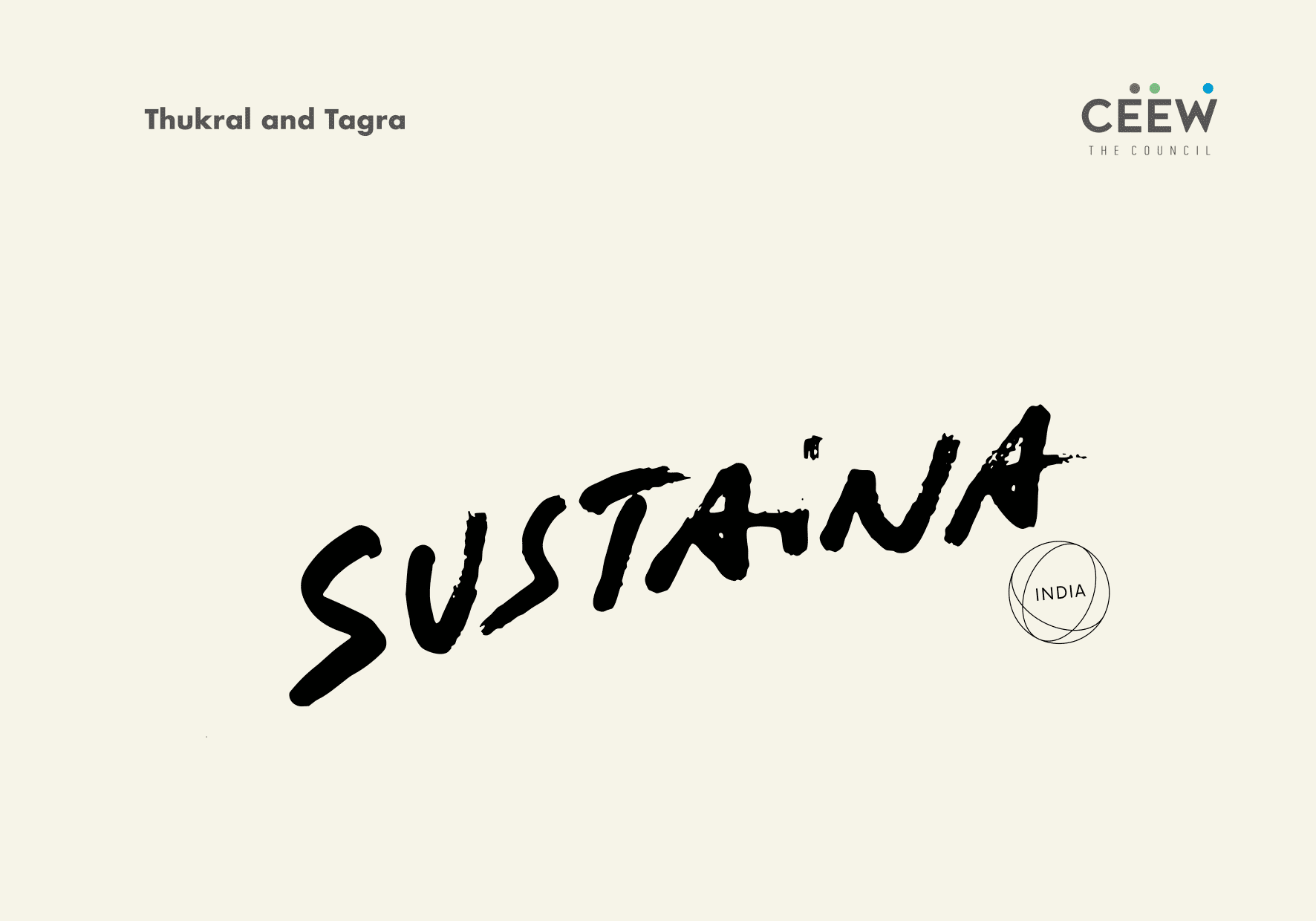08
Sustaina India

About Sustaina
As scientific evidence about the alarming impacts of climate change keeps emerging, we face the need to reimagine habitable futures. Sustaina India stems from this urgency to catalyze pollinations across art, science, and policy-making. Sustaina India mobilizes creators to integrate decentralized climate awareness and sustainability conversations into the cultural fabric of India and beyond.
Sustaina India is curated by Jiten Thukral, Sumir Tagra, and Srinivas Aditya Mopidevi
Organized by Suyashi Smridhi, Milan Jacob and Mihir Shah (Council on Energy, Environment and Water)
Sustaina India 1 – Inaugural Edition
Feb 2 – 15, 2024, CCA Bikaner House, New Delhi
At the heart of Sustaina India is learning that sustainability is a gradual and decentralized process of adapting to climate change. It cannot be imported and transposed, but needs to be built from the ground up across disciplines and demographics. When we received the invitation from CEEW over a year ago to establish a platform that could host conversations around art, science, and climate, we turned to material-based practices and solutions. As creators, we firmly believe in the power of materials to channel a sensorium of touch, smell, sound, and vision as paths to climate awareness and retention for the current and future generations.
Our inaugural fellows Debasmita Ghosh, Manjot Kaur, and Rachna Toshniwal echo this vision as they speak about the shifting lives of the Khond community in Odisha, present immersive environments with textures of forests, and weave tapestries with ocean waste that washed up on the shores of Alibaug near Mumbai. Together with fellows and other invited artists, Sustaina India presents a vast index of materials that revisit conversations around food, clothing, waste, architecture, forests, and non-humans.
At every juncture of this exhibition, we returned to the ideas of reducing, reusing, repurposing, and restoring to understand how feasible and challenging they are to follow. For instance, our cities provide alternative materials to art and exhibition- making including wooden panels made with crop residue, soy-based inks, and eco-friendly paints, all of which can align with existing practices of cultural institutions. As we continue to learn about the effects of climate change, it becomes our collective responsibility to share knowledge, find solutions, and hope that future generations will take the lead.